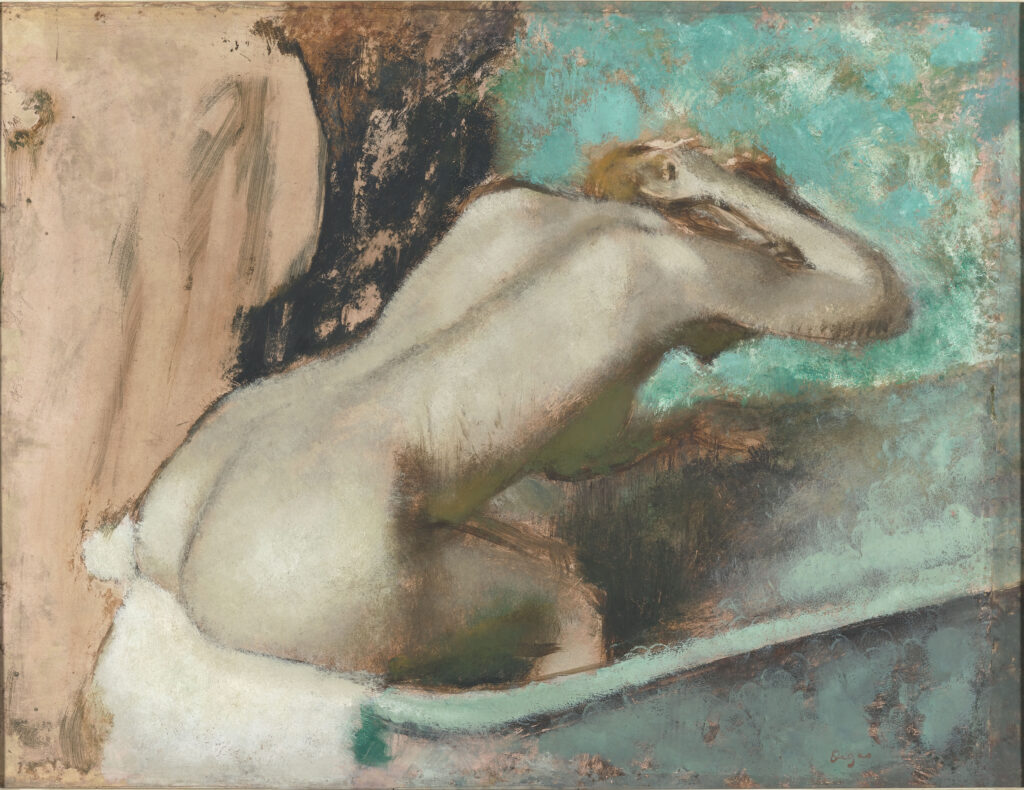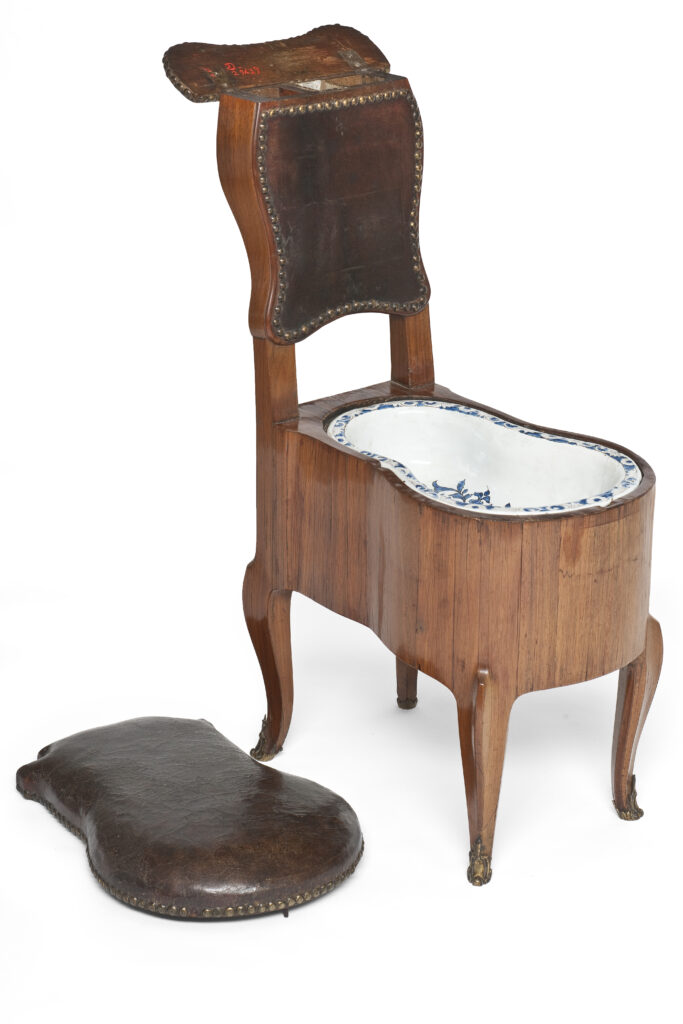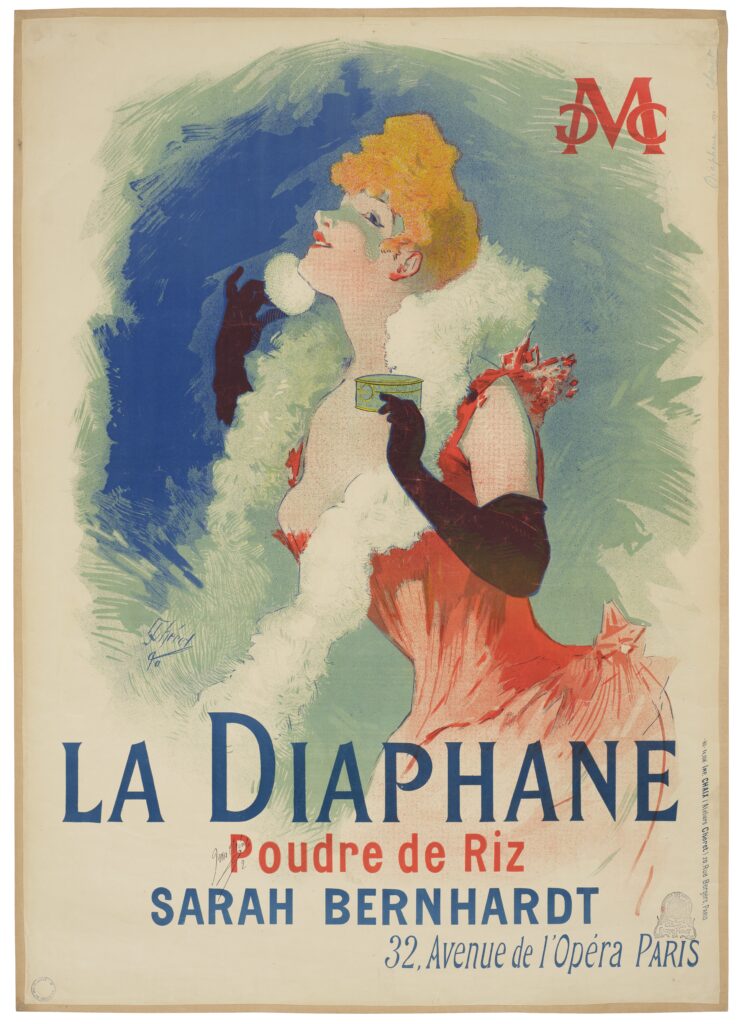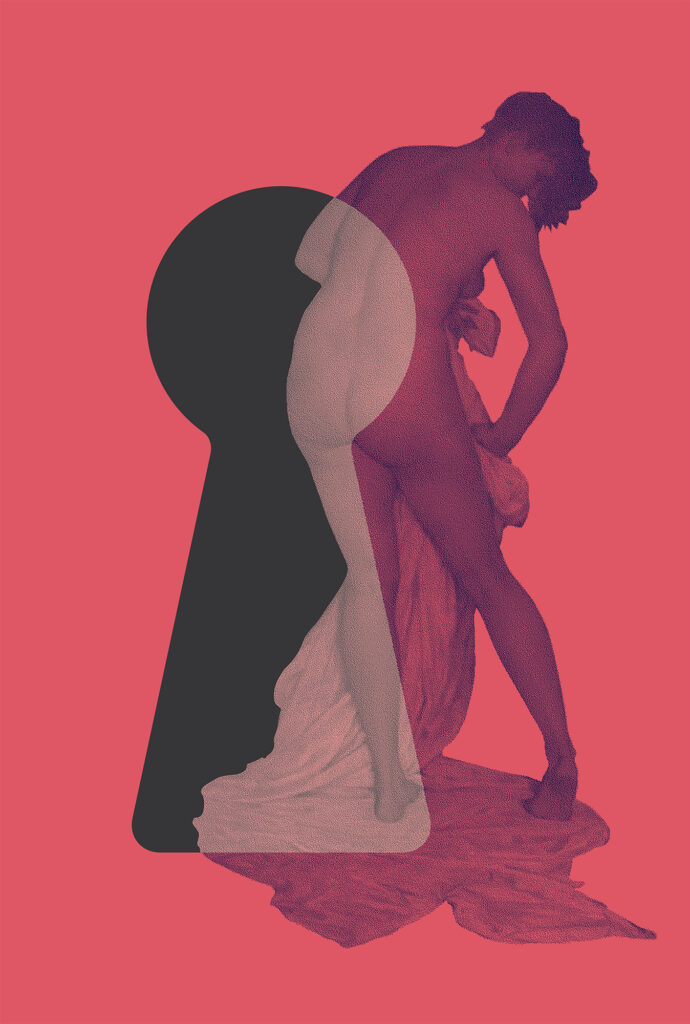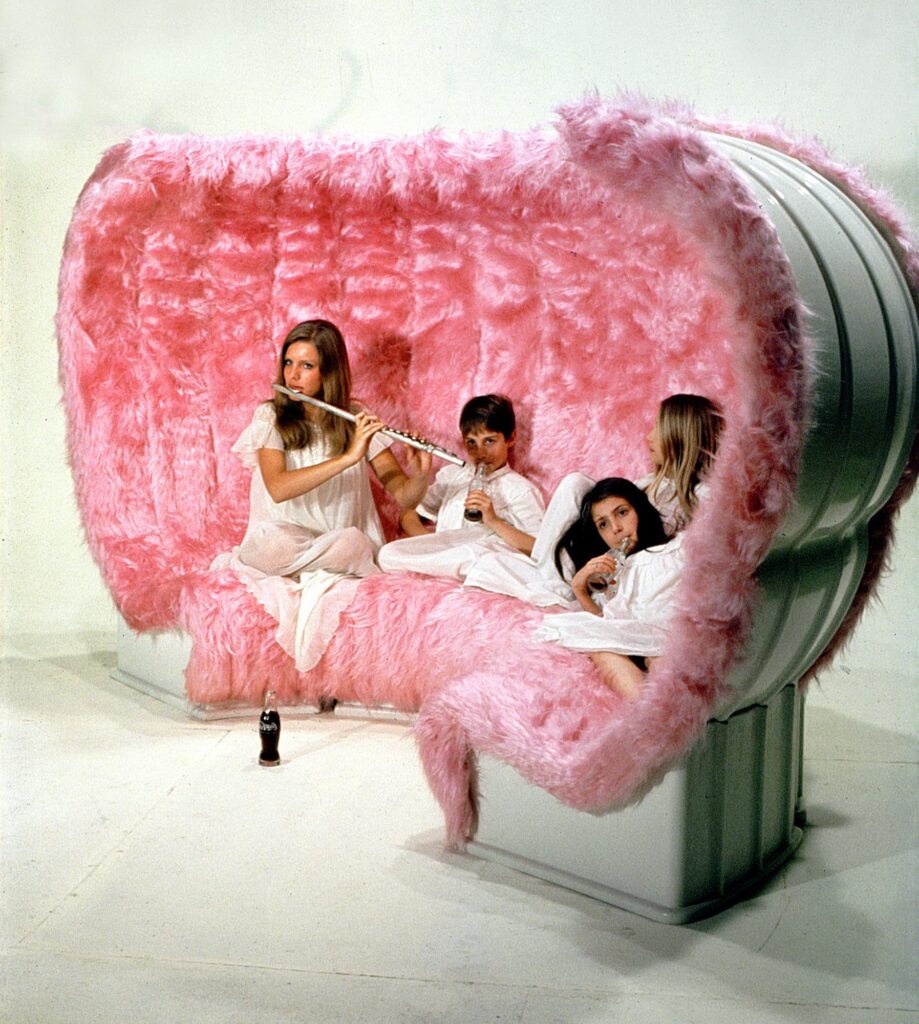
What do we consider comfort, and what do we consider private? How did past societies handle privacy and hygiene? How have designers throughout history addressed these notions of life, and what objects did they formulate in order to accomodate desired privacy? How did art history, TV history, and contemporary technologies deal with those themes? They form the core of the new exhibition Private Lives: From Bedroom to Social Media, which opened this week at Musée des Arts Décoratifs and will remain open until March 30. The enormous show, which takes up the entire second floor of the Museum on Rue de Rivoi in Paris, takes the visitor on a fascinating journey into the experience of privacy from the 18th century to the present, addressing the way in which artists and designers have dealt with the private sphere; and there is so much to learn.
It is an issue that occupies us all, especially since the emergence of social media platforms, which are the most powerful means of connecting and communicating today, used by billions of people across the world. However, they allow access and influence into the lives of users, and much of the privacy settings can be invaded in order to take information including political views, purchasing habits, and online behaviors. This is why this show is timely and relevant.
This exhibition is designed to become a blockbuster show and a cultural event that will attract a significant number of visitors and media attention and covers enormous ground. To me, I always like to see this type of exhibition a couple of times spread out over a long period of time so that I can absorb their entire scope. This is the soft aspect of these shows which can make it difficult for the viewers to completely grasp. It touches on various areas from the time that privacy was only a privilege for the aristocracy, on through to the evolution of mass consumption in the 19th century, and to the decades of the 20th century that dealt with privacy according to the zeitgeist—and to the digital age. In fact, it comes to present the evolution of privacy itself, a topic rarely addressed from a design point of view.
Curated by Christine Macel, Director of the Musée des Arts Décoratifs, along with design historian Fulvio, the show is a great opportunity to learn about themes related to intimacy that we sometimes do not want to touch, because sexuality is often something we want to keep private within ourselves—our thoughts, dreams, and imagination. This ambitious exhibition is presented in 12 themes. I particularly enjoyed the section devoted to perfume where I could analyze some of the most iconic perfumes. Another section consisted of 20th-century design pieces including Eero Saarinen’s Womb Chair, unique seatings by Superstudio, Archizoom, and Memphis which reflected the desire for togetherness; all related to intimacy and bringing fresh interpretation to design history. A section consisted of a room dedicated to diaries, the most precious form of privacy, which brought me back to the days I kept a diary. I wish I lived in Paris and could revisit the exhibition at least three times, but I was visiting and attended it once.
